Helping Industrials through Digital Transformation and Automation
The industrial sector seems to experience major lags regarding digitalization and automation – the latest trend that is currently defining the...
The turmoil of the last few years appears to have reached new heights, as inflation, the energy crisis and the remnants of the global pandemic torments businesses worldwide. Unfortunately, these currents are inevitable, and companies have no choice but to embrace them – the question is, are you prepared to face challenges or are you simply going with the flow? The good news is that there are always means to weather out hard times, or even achieve growth, for every business sector. Naturally, strategies and methods differ regarding different segments, but certain factors tend to be defined in each sector – digitalization and automation.
In their article on automation in industrials, McKinsey suggests that ‘automation will drastically alter the way companies work, and this potential makes it a top priority for many business leaders.’ However, the same article also reports that ‘companies in the heavy industry sector (such as in energy, mining, utilities, and manufacturing) tend to struggle to set bold aspirations, develop robust business cases, and devise effective deployment approaches to take advantage of automation.’
Nonetheless, switching to automated processes – especially those that concern repetitive tasks, such as data collection and data entry – does make a notable difference.
A certain degree of automation allows for more time-efficient operations, and instead of completing lengthy and mundane tasks, employees can focus on parts that do need human outreach. What is more, the automation of processes has a highly positive effect on the overall atmosphere of the workplace – being liberated from demanding tasks that can now be easily automated, employees can create more balanced schedules with a great amount of pressure taken off of their shoulders.
Therefore, automation is not only benefiting companies on an economic level, but it also enhances employee experience, or EX, which is a key ingredient of long-term success.
The solution of introducing automation to the industrial companies seems to be a rather obvious choice in today’s economic case as a means of survival – a sector, previously lagging on automation, finally integrating digitalized solutions and achieving great success with that.
The greatest issue for company leaders in this sector is that there appears to be a significant delay in benefit realization.
The facts and statistics based on McKinsey’s survey show that ‘88 percent of respondents from the heavy industry sector’ have already invested in some form of automation transformation, but unfortunately, the bottom-line results of the project did not deliver as soon as expected.
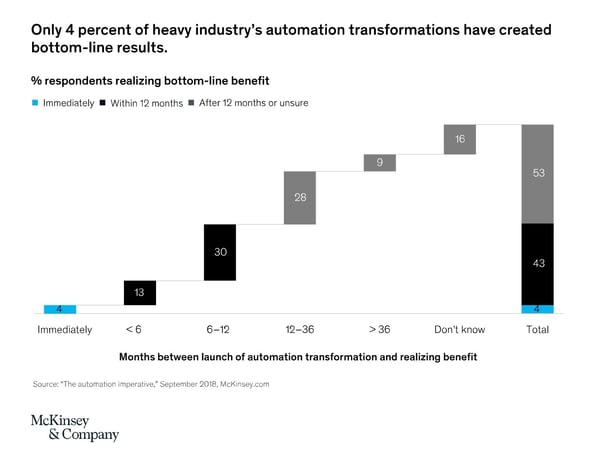
As we can see in Image 1, ‘only 4 percent report capturing significant bottom line improvements’, and ‘more than half of respondents believe it will take anywhere from a year to more than three years to realize bottom-line benefits—or simply don’t know.’ The process of industrial automation is a rather long-term investment, taking more than one year in many cases.
Even if companies can allow themselves to think long-term, some of them are stuck in the pilot project and are unable to advance due to difficulties in their industrial processes, business strategies, and end-to-end processes. These challenges can pose serious issues for leaders, however, there are a few methods to help us through these obstacles.
‘Setting the tone for a successful automation transformation requires’, as proposed by McKinsey, a ‘team to weave an ambitious vision into the overall enterprise strategy.’ This team may be internal, e.g. a leadership team, however, in case the company is quite unfamiliar with automation processes, it might be favorable for them to seek out guidance from external experts.
A framework that can mobilize and align departments during a transition is priceless, however, it takes a lot of time to develop such a methodology from scratch. To resolve the problems concerning business strategies and demand generation, Infinityn’s Agile Account-based Growth, or Agile ABG, framework puts forward great solutions.
The Agile Account-Based Growth (ABG) services offer professional guidance for those who embark on the journey of transformation, creating alignment between sales and marketing teams for the sake of smooth collaboration towards their shared goal, even during a transformation – revenue generation.
What is more, our highly experienced team of experts is responsible for finding opportunities and increasing pipeline generation, using the combination of automated digital platforms and human outreach to ensure success.
To those who are interested in learning more about our methodology and services, we would like to bring attention to our ABG Guidebook we created to provide a detailed introduction to what Account-based Growth truly means and how it is set to improve any organization’s practices.
Chapters include
In case you prefer a personal consultation, our experts are happy to jump on a call, leading you through the ABG framework and answering all questions that may come up.

The industrial sector seems to experience major lags regarding digitalization and automation – the latest trend that is currently defining the...
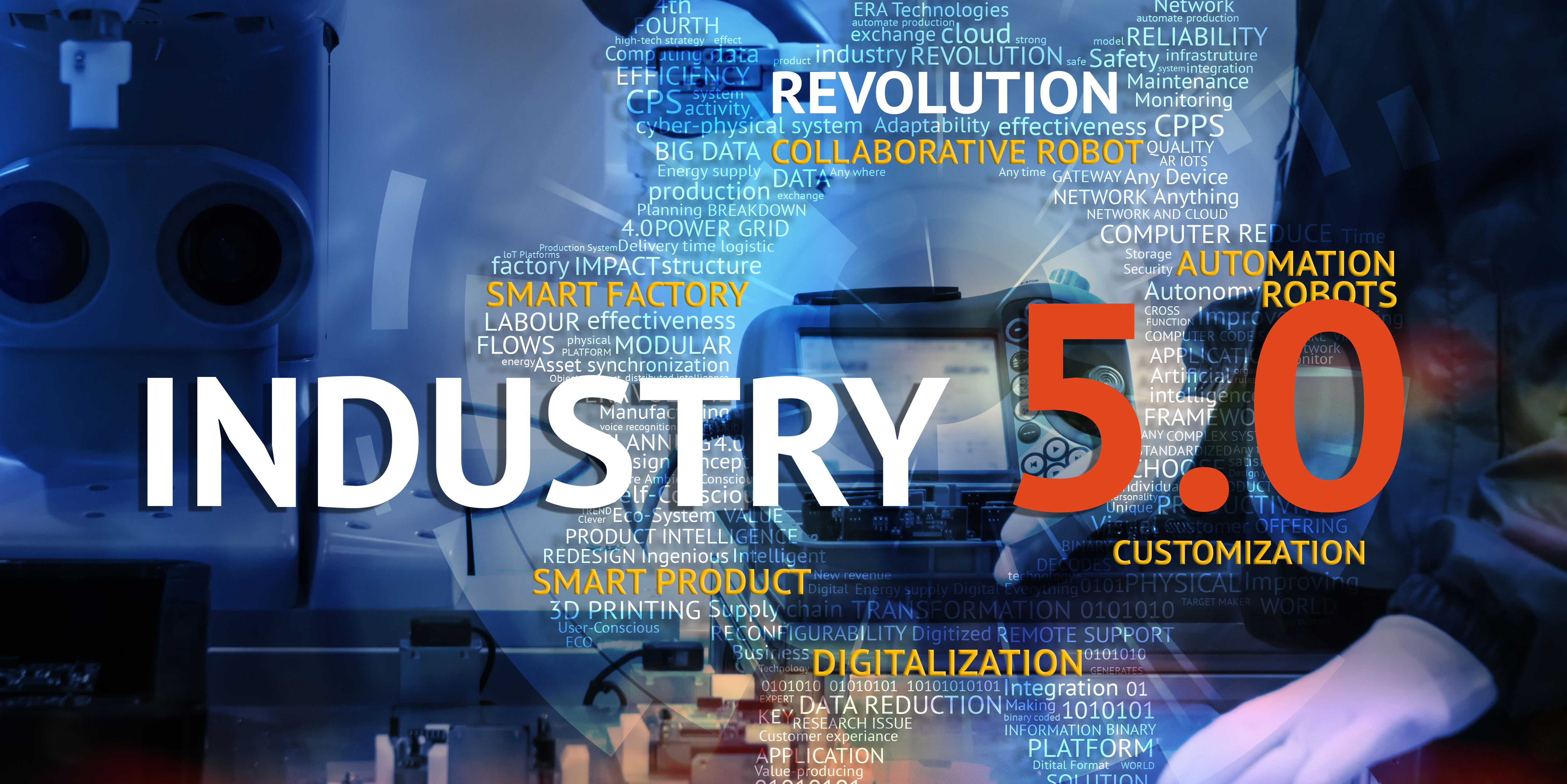
Introduction Although changes are governed by various factors, rapid industry evolution never stops. Whether internally or externally induced,...

The business world is shaken by the repercussions of current events and those in the near past. With our economic conditions becoming more and more...

TOPO’s “2019 ACCOUNT BASED BENCHMARK REPORT” – which included 150 account-based organizations - showed that every participant reached or exceeded a...
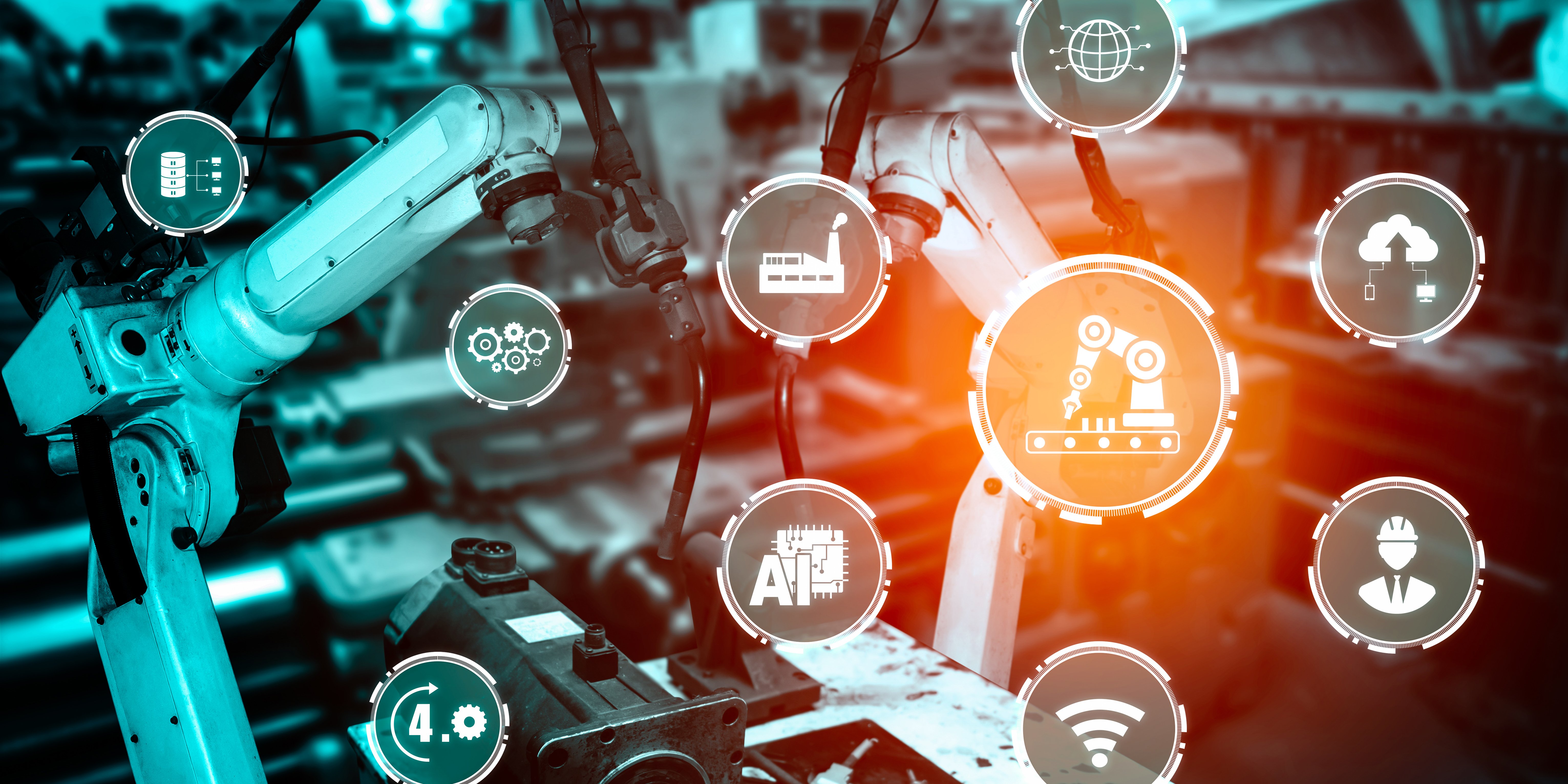
The beginning of the 2020s most definitely meant the beginning of a new era in many regards, including the world of business. Although exceptionally...

Discussion on how some technology enterprises are capitalizing on the downturn.

Spam isn’t just unwanted email. It’s any uninformed, irrelevant interaction. It wastes your time and money. And annoys the buyers you were hoping to...
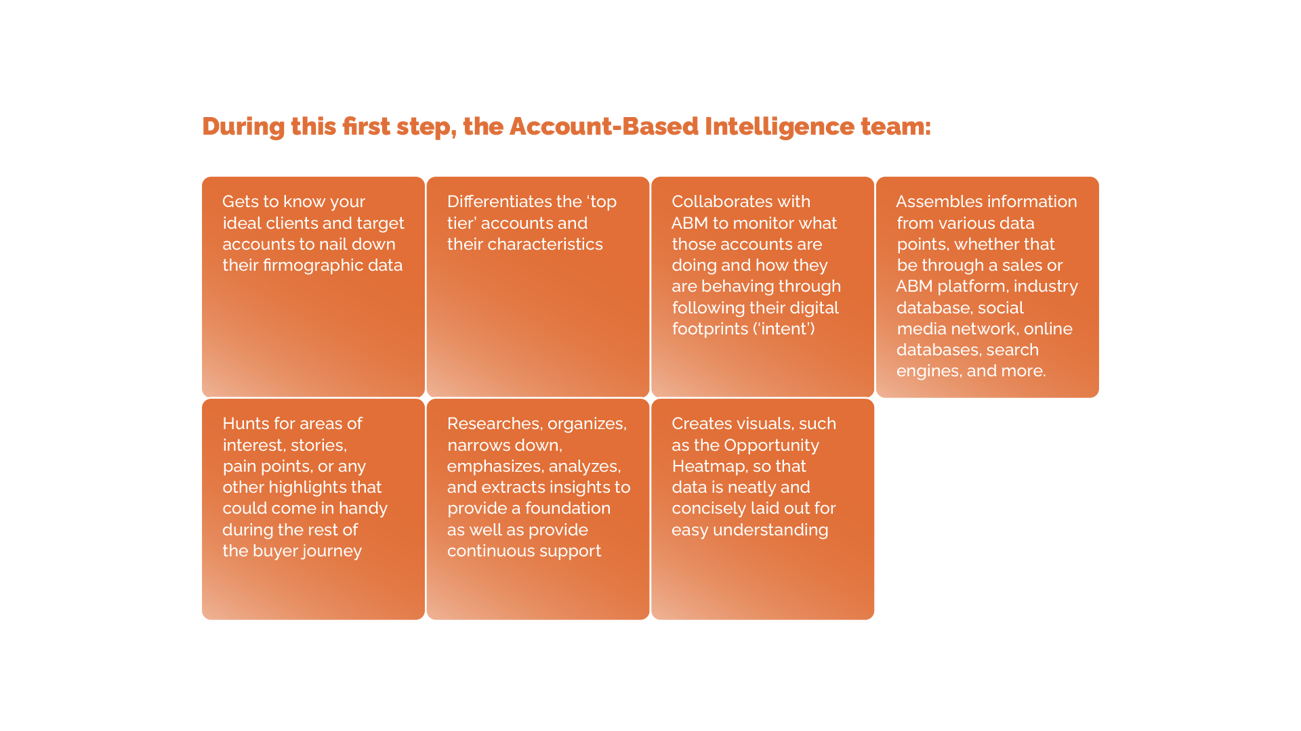
“Every company wants to increase revenue.” That’s a pretty safe and agreeable statement to make.

If you’ve clicked on this article, there’s a fair chance you are considering outsourcing your sales, marketing, customer success and overall revenue...

Marketing goes beyond promotion. Marketing is creativity, profound planning, understanding of your audience, analysing data – especially nowadays,...
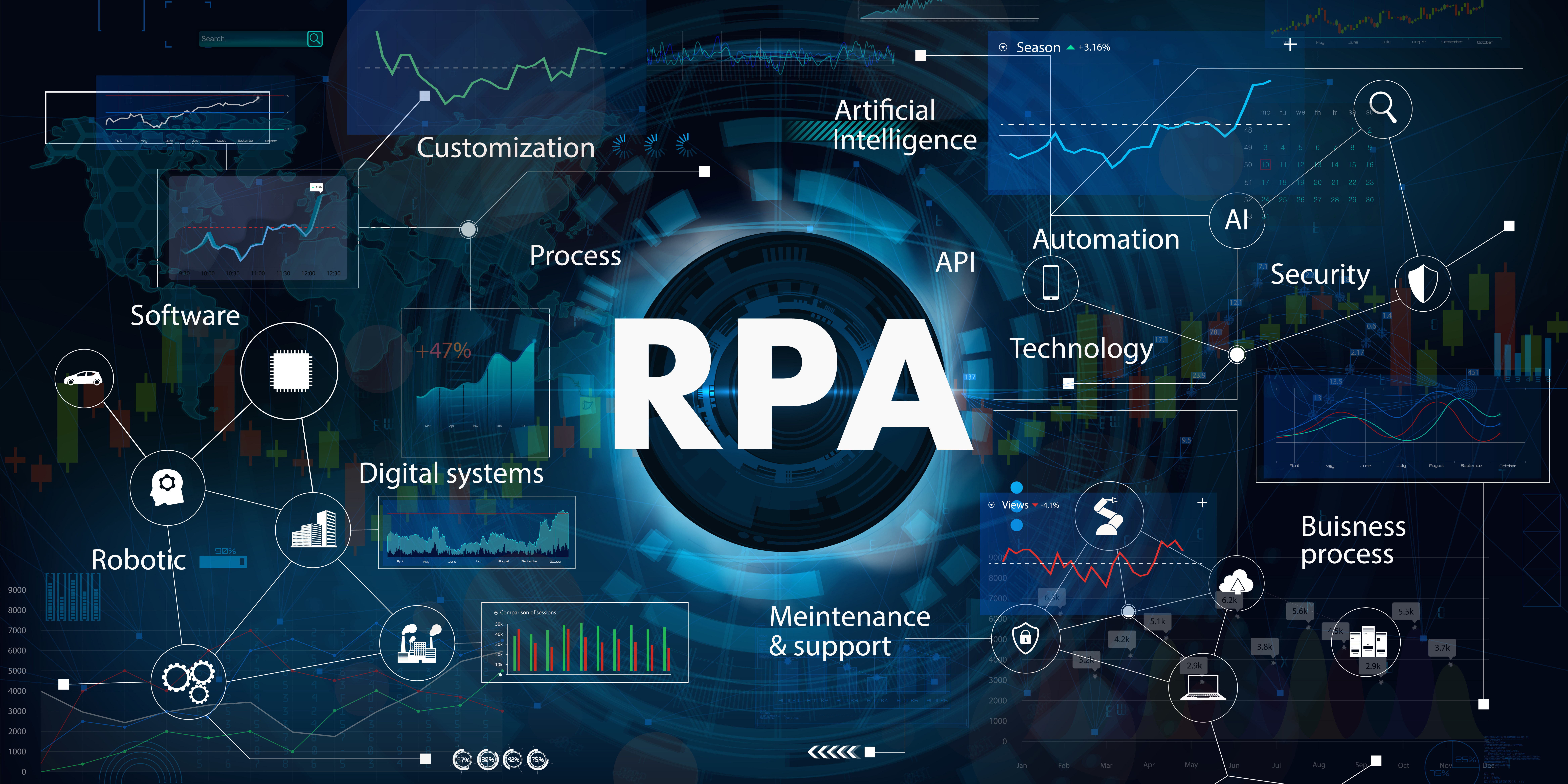
Helping your future customers advance from RPA initiative to great ROI By Kyle Hansen & Yuriy Koshulap

What’s the philosophy behind the technology of the most successful ABM programs? Answering this question was not the original intent when we set out...